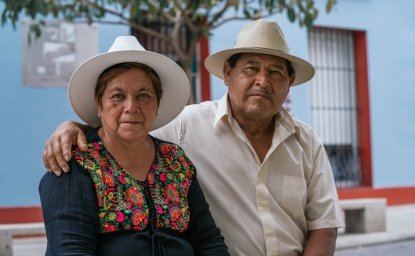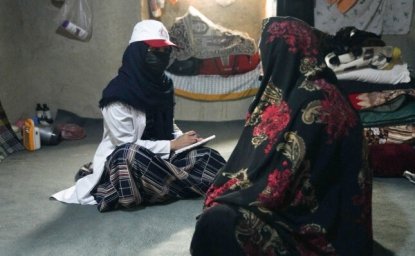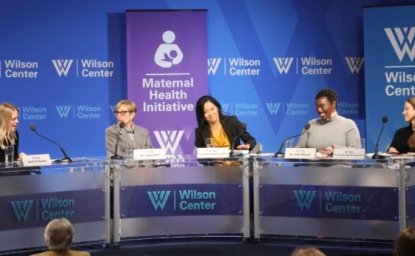UNAIDS Releases 2008 Report on the Global AIDS Epidemic
August 2008 – New UNAIDS report presents HIV/AIDS data on 147 countries, the "most comprehensive review of the epidemic to date."
August 2008 – New UNAIDS report presents HIV/AIDS data on 147 countries, the "most comprehensive review of the epidemic to date."
The Joint UN Programme on HIV/AIDS (UNAIDS) recently released the 2008 Report on the global AIDS epidemic, which outlines progress indicators for 147 countries and remaining challenges to reversing the epidemic. Notably, the number of new HIV infections decreased from 3 million in 2001 to 2.7 million in 2007. The proportion of HIV-positive pregnant women on antiretroviral treatment increased from 14 percent to 33 percent between 2005 and 2007. The number of new HIV cases among children decreased accordingly, from 410,000 to 370,000 within this time period. "We've achieved more in the fight against AIDS in the last two years than in the preceding 20 years," said Dr. Peter Piot, UNAIDS executive director.
Nevertheless, "The gap between those who are in need of treatment and those who have access to this treatment is widening," Piot warned. For every two people put on antiretroviral treatment, there are five new cases of infections, he explained. Furthermore, HIV-infection rates are on the rise in several countries such as China, Indonesia, Kenya, and Russia. Dr. Thoraya Obaid, executive director of the United Population Fund (UNFPA) advised, "Knowing the epidemic and choosing the right combination of interventions are critical for an effective response. In many contexts, young people and women need special attention."
For more information, visit the UNAIDS website.

Housed within the Wilson Center's Environmental Change and Security Program, the Maternal Health Initiative (MHI) leads the Wilson Center’s work on maternal health, global health equity, and gender equality. Read more




